6" 300LB Y type strainer is made according to ASME B16.34 standard. The valve body is made of ASTM A216 WCB. It has the structural characteristics of Y-shaped and bolt cover. Its connection mode is RF.
Payment:
30% when order confirmed, 70% before shipmentProduct Origin:
ChinaColor:
CustomizationShipping Port:
Shanghai, ChinaLead Time:
30~60 days Ex Works after order confirmationMaterial:
ASTM A216 WCBProduct Description
|
Type |
Y Type Strainer |
|
Size |
6" |
|
Pressure |
300LB |
|
Connection |
RF |
|
Body Material |
ASTM A216 WCB |
|
Design Norm |
ASME B16.34 |
|
Face to Face Dimension |
ASME B16.10 |
|
Flange Dimension |
ASME B16.5 |
|
Test & Inspection Code |
API 598 |
|
Temperature |
-29 ~ 425°C |
|
Applicable Medium |
Water, Oil and Gas |
Features
1. The design of the Y-type strainer is easy to install in pipeline systems, and can be installed horizontally or vertically, with strong flexibility;
2. The pressure drop when the fluid passes through the filter is relatively small, which helps maintain the normal flow of the system and reduces energy consumption.
Technical Drawing
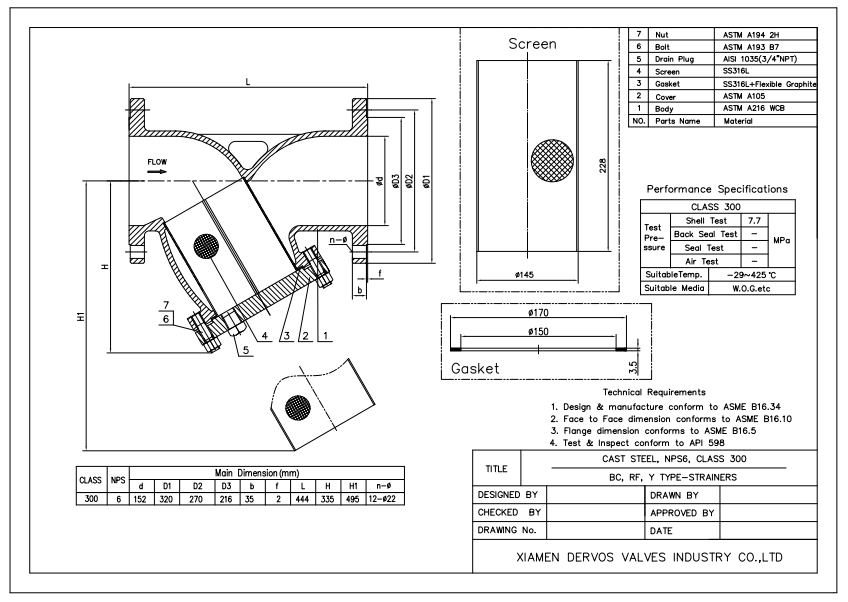
Dimension Checking
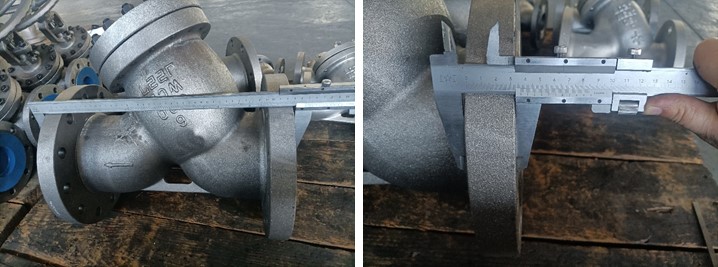
Pressure Testing
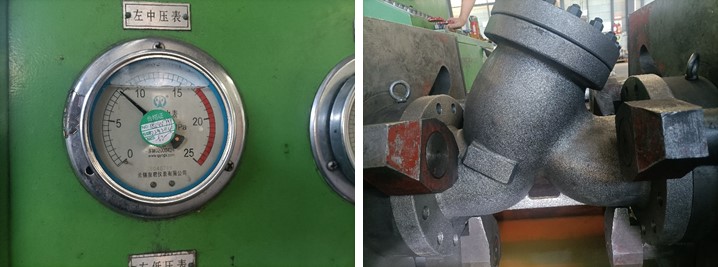
Painting
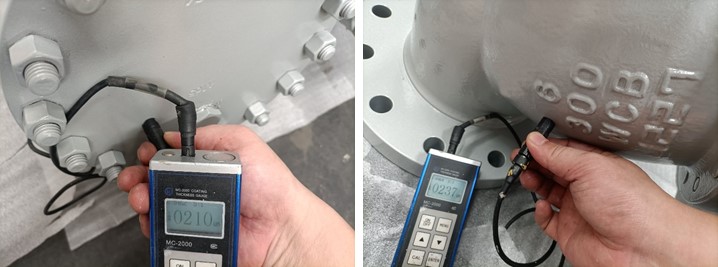
Nameplate & Packing
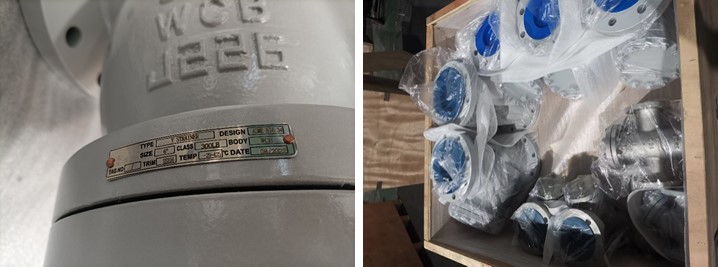
Inspection report
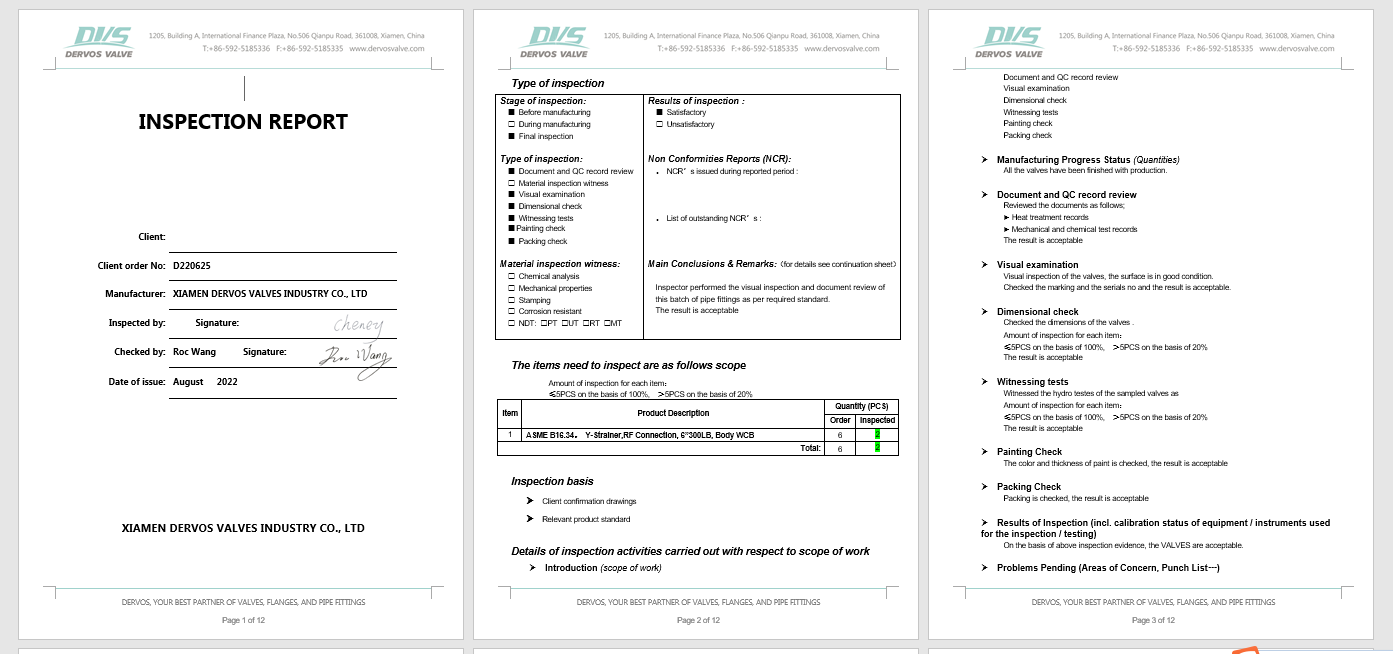
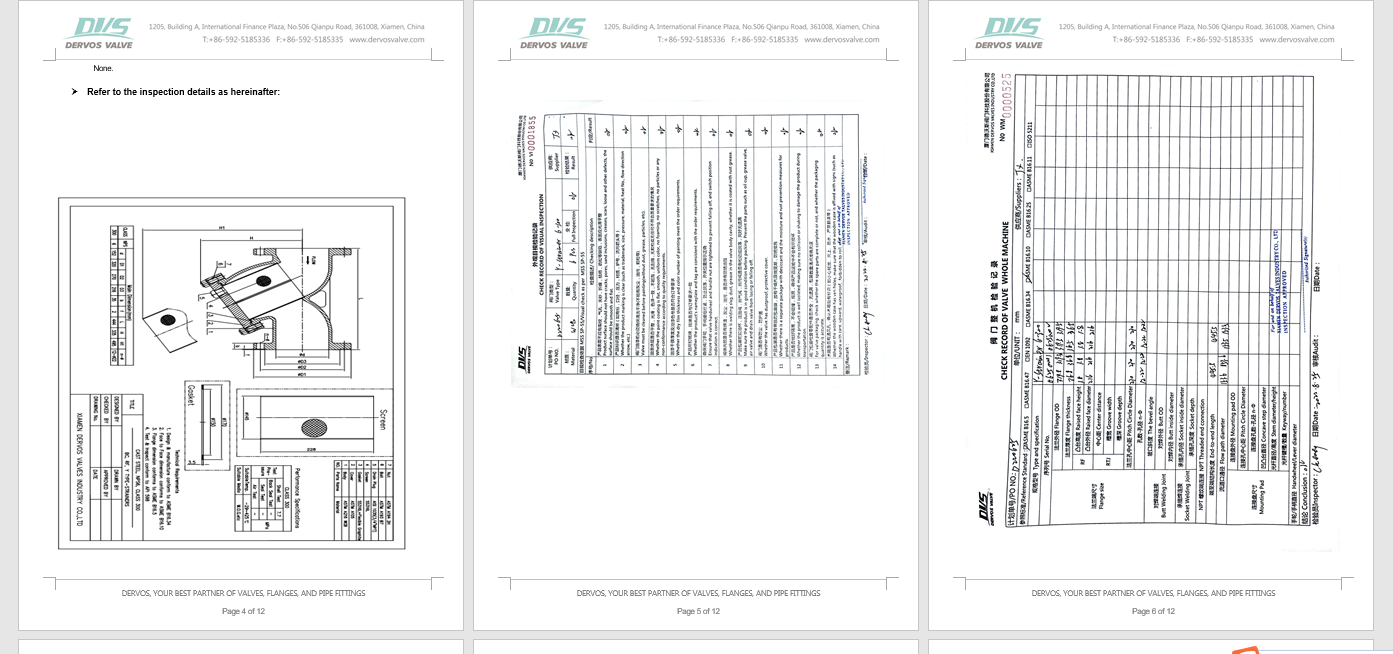
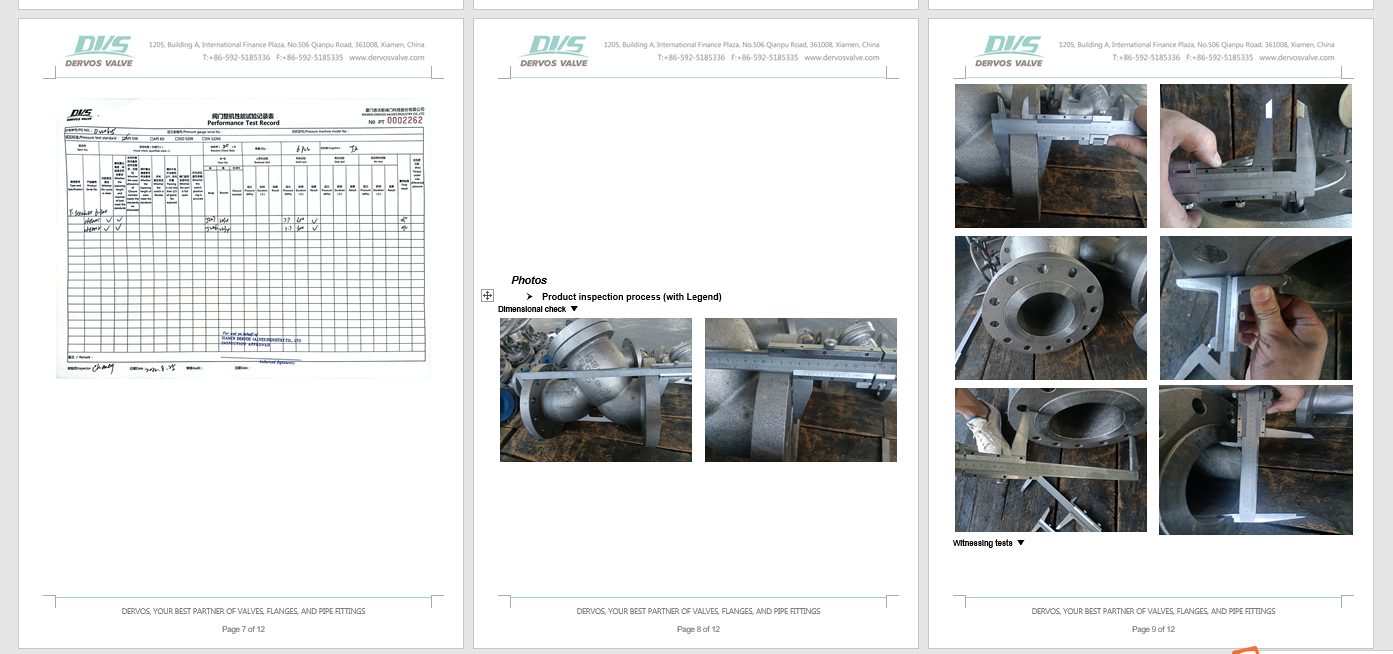
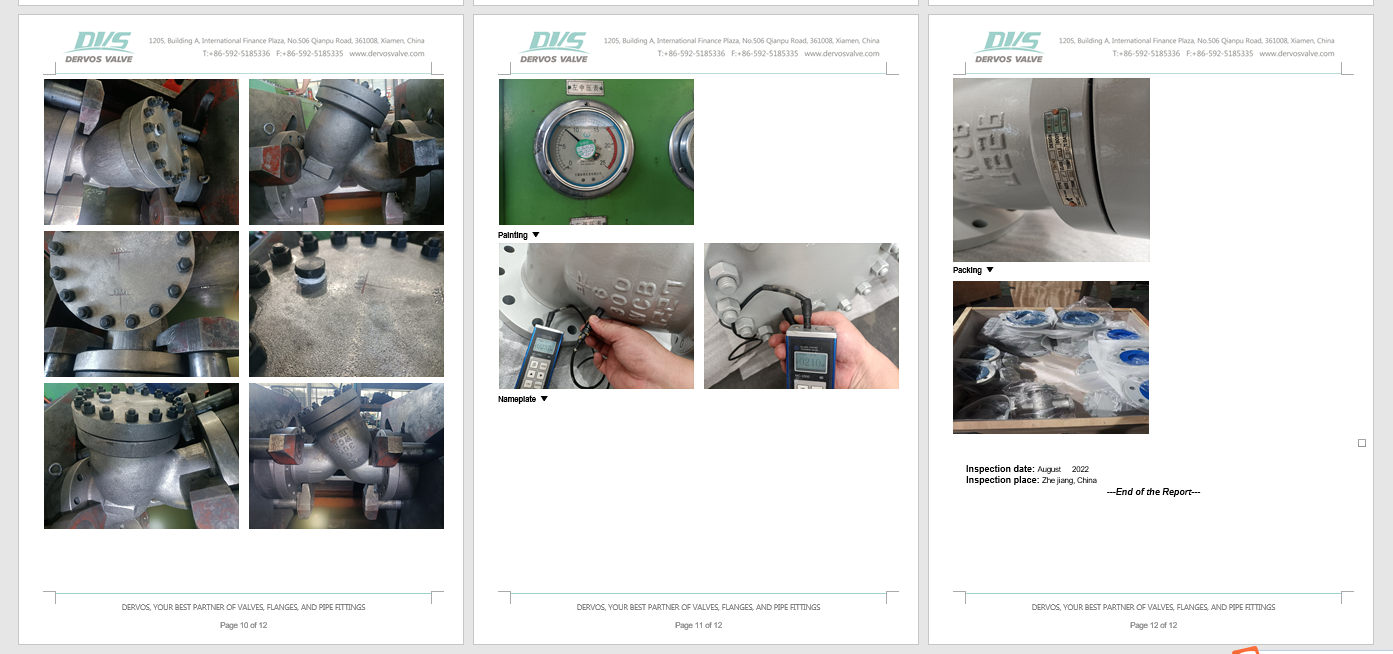
If you are interested in our products and want to know more details,please leave a message here,we will reply you as soon as we can.